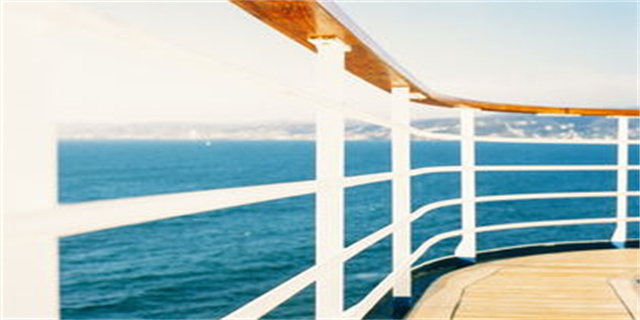michelangelo(Michelangelo The Master of Renaissance Art)

Michelangelo: The Master of Renaissance Art
Introduction
Michelangelo di Lodovico Buonarroti Simoni, commonly known as Michelangelo, was an Italian sculptor, painter, architect, and poet who is widely regarded as one of the greatest artists of all time. He was born on March 6, 1475, in Caprese, Italy, and his work during the High Renaissance period has had a significant impact on the world of art and culture. This article aims to explore the life, artistic journey, and enduring legacy of this remarkable artist.
The Early Years and Artistic Training

Michelangelo showed an early passion for art, and at the age of thirteen, he became an apprentice to the painter Domenico Ghirlandaio. Under Ghirlandaio's guidance, Michelangelo honed his skills in drawing and painting, learning the techniques of fresco and tempera. However, his talent soon surpassed his master, and he began to develop a style that was uniquely his own.
Embracing Sculpture and Architectural Achievements

Michelangelo's true passion, though, lay in sculpture. His most famous work, the marble statue of David, stands as a symbol of the strength and beauty of the human race. The intricately carved details, the perfect proportions, and the powerful expression are testaments to Michelangelo's technical skill and deep understanding of human anatomy.
In addition to his sculptural achievements, Michelangelo also left his mark on the field of architecture. One of his most renowned architectural marvels is the dome of St. Peter's Basilica in Vatican City. The massive dome, standing as a pinnacle of Renaissance architecture, was a testament to Michelangelo's engineering prowess and aesthetic vision.

The Sistine Chapel and Late Works
Undoubtedly, Michelangelo's most famous masterpiece is the ceiling of the Sistine Chapel. Commissioned by Pope Julius II, Michelangelo spent four grueling years painting the intricate frescoes that depict various stories from the Bible. The sheer scale, exquisite details, and the innovative use of color make the Sistine Chapel Ceiling one of the most breathtaking artistic achievements in history.
As Michelangelo grew older, he turned his attention to poetry and literature. His poems and sonnets, though not as well-known as his visual works, provided glimpses into his inner thoughts and deeper emotions. They further showcased his versatility as a true Renaissance artist.
Legacy and Influence
Michelangelo's artistic legacy continues to inspire and captivate artists and art enthusiasts alike. His ability to infuse raw emotion into his sculptures and paintings, his exploration of light and shadow, and his commitment to depicting the human form with unparalleled realism have set the standard for generations of artists that followed.
Furthermore, Michelangelo's contributions to the fields of sculpture, painting, and architecture bridged the gap between the medieval and modern periods, ushering in an era of enlightenment and creativity. His works continue to be celebrated and admired in museums and galleries worldwide, making him an immortal figure in the history of art.
Conclusion
Michelangelo's artistic brilliance, unrivaled talent, and boundless creativity have solidified his place as one of the greatest artists in history. His work continues to awe and inspire millions, serving as a reminder of the extraordinary capabilities of the human mind and spirit. Michelangelo's contributions to the world of art transcend time and remain an eternal testament to the power and beauty of artistic expression.







